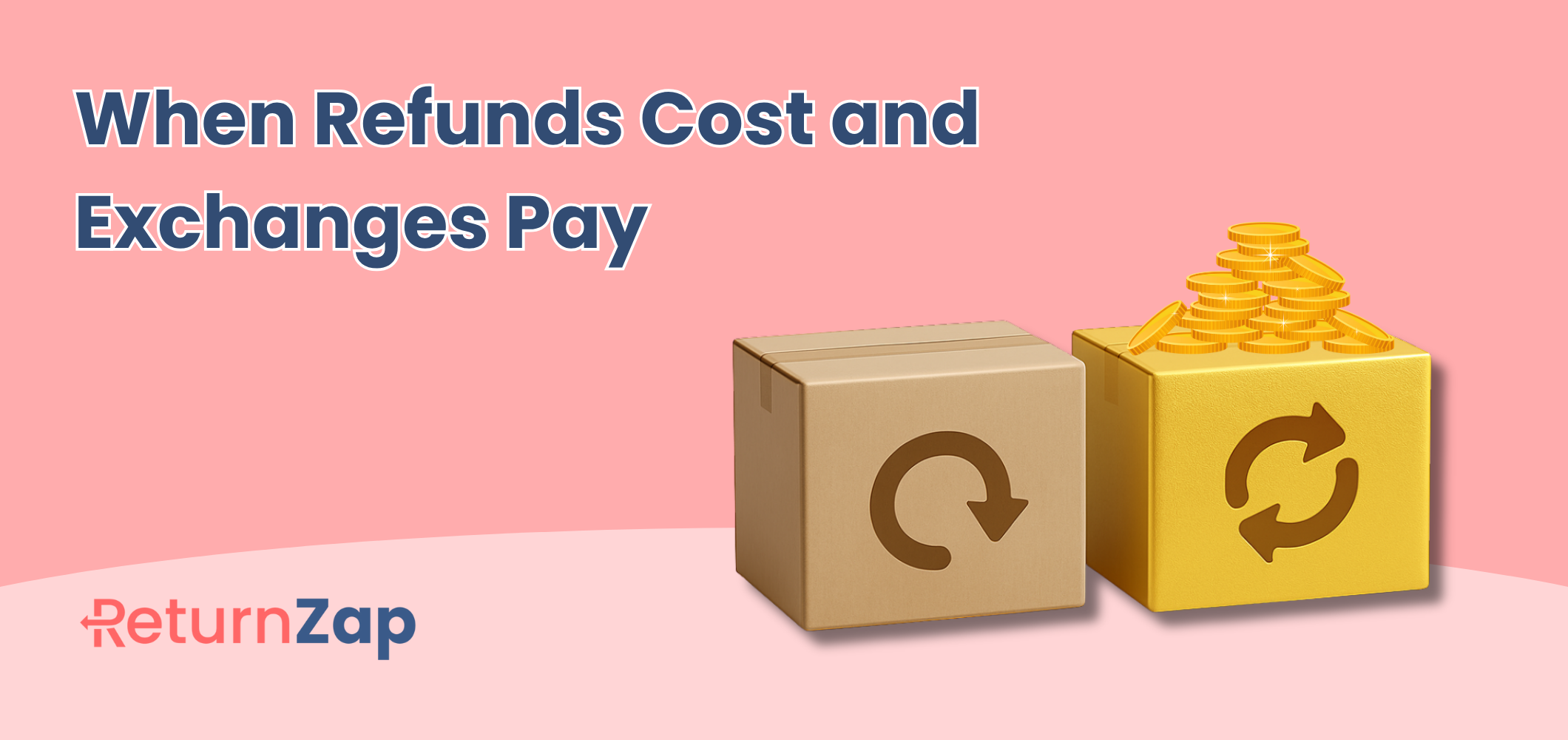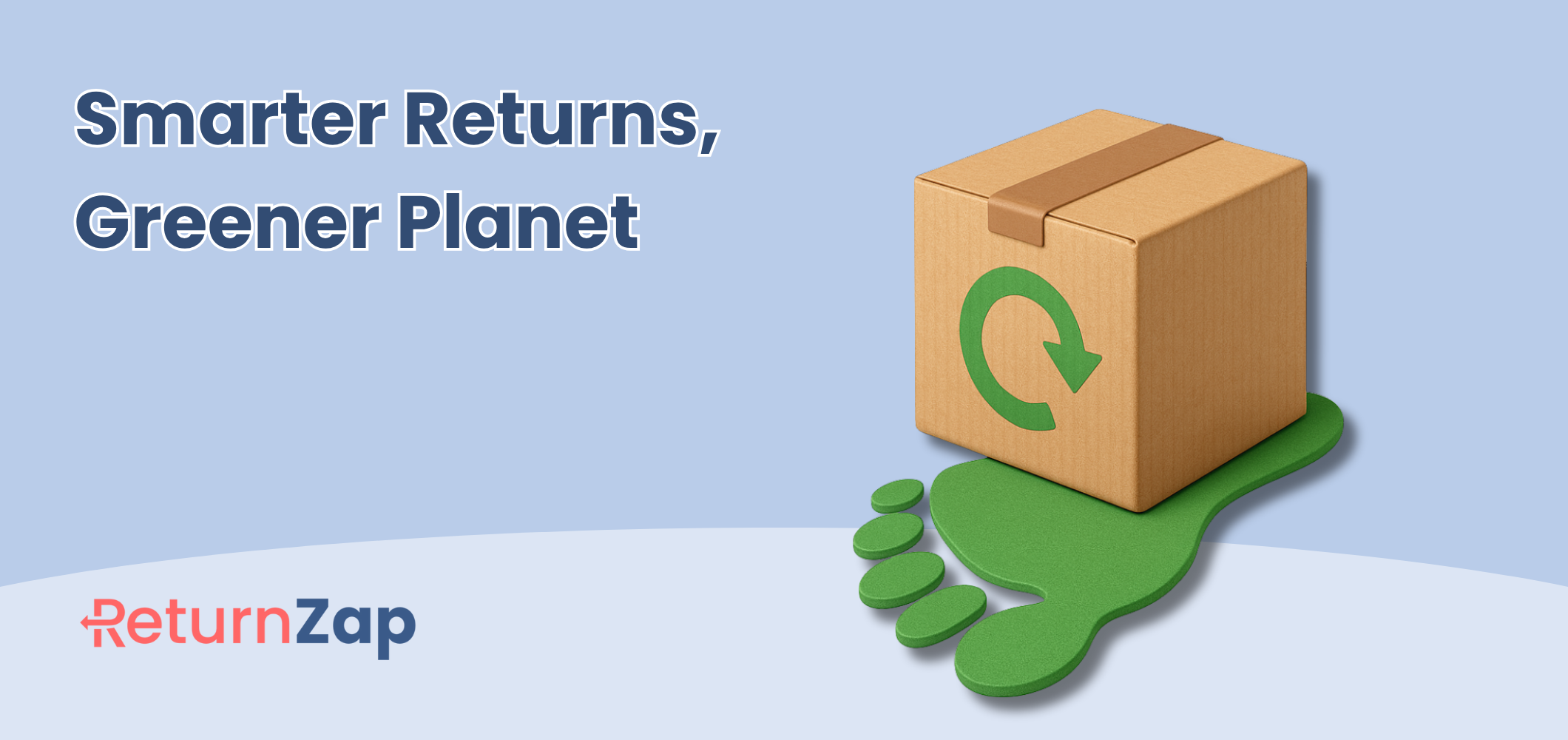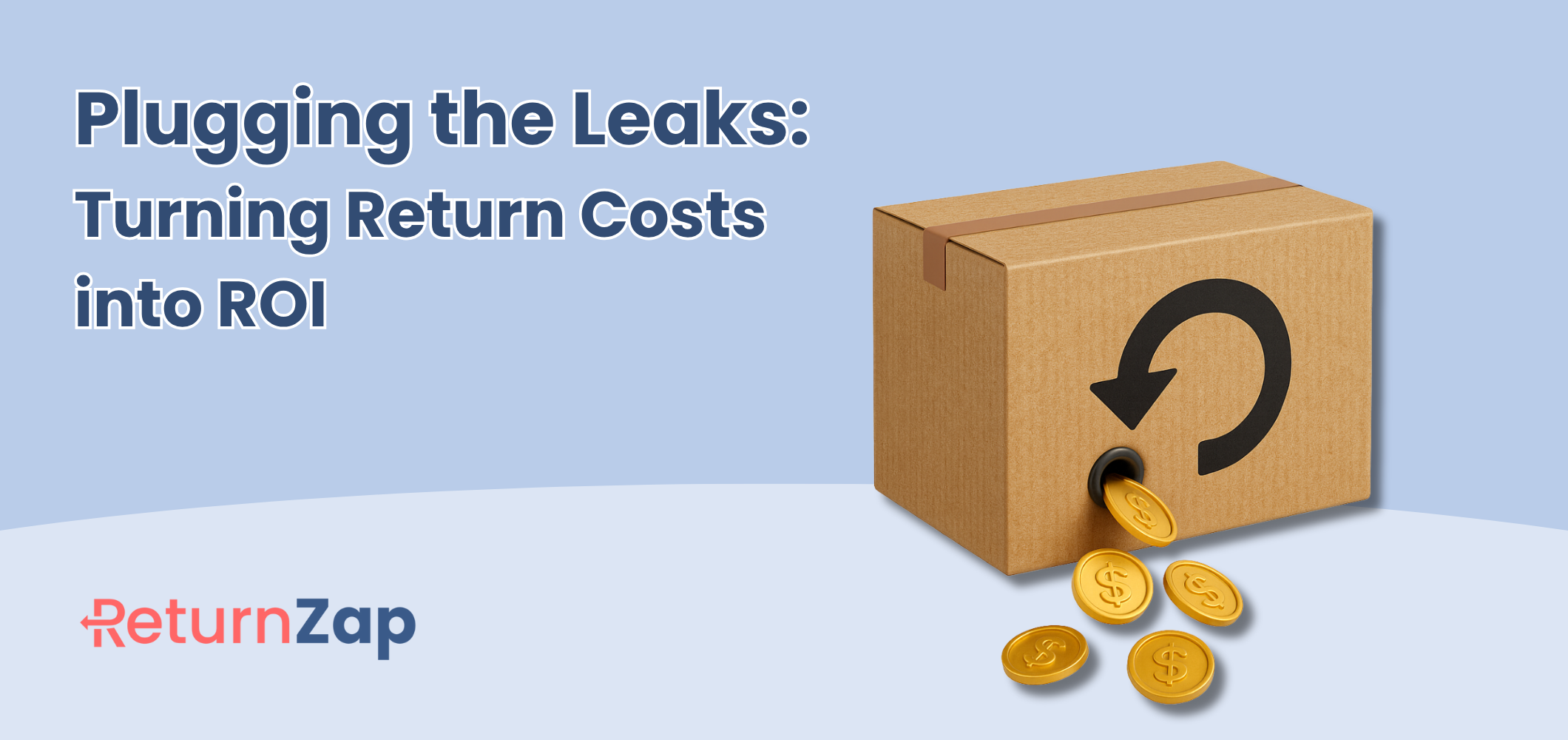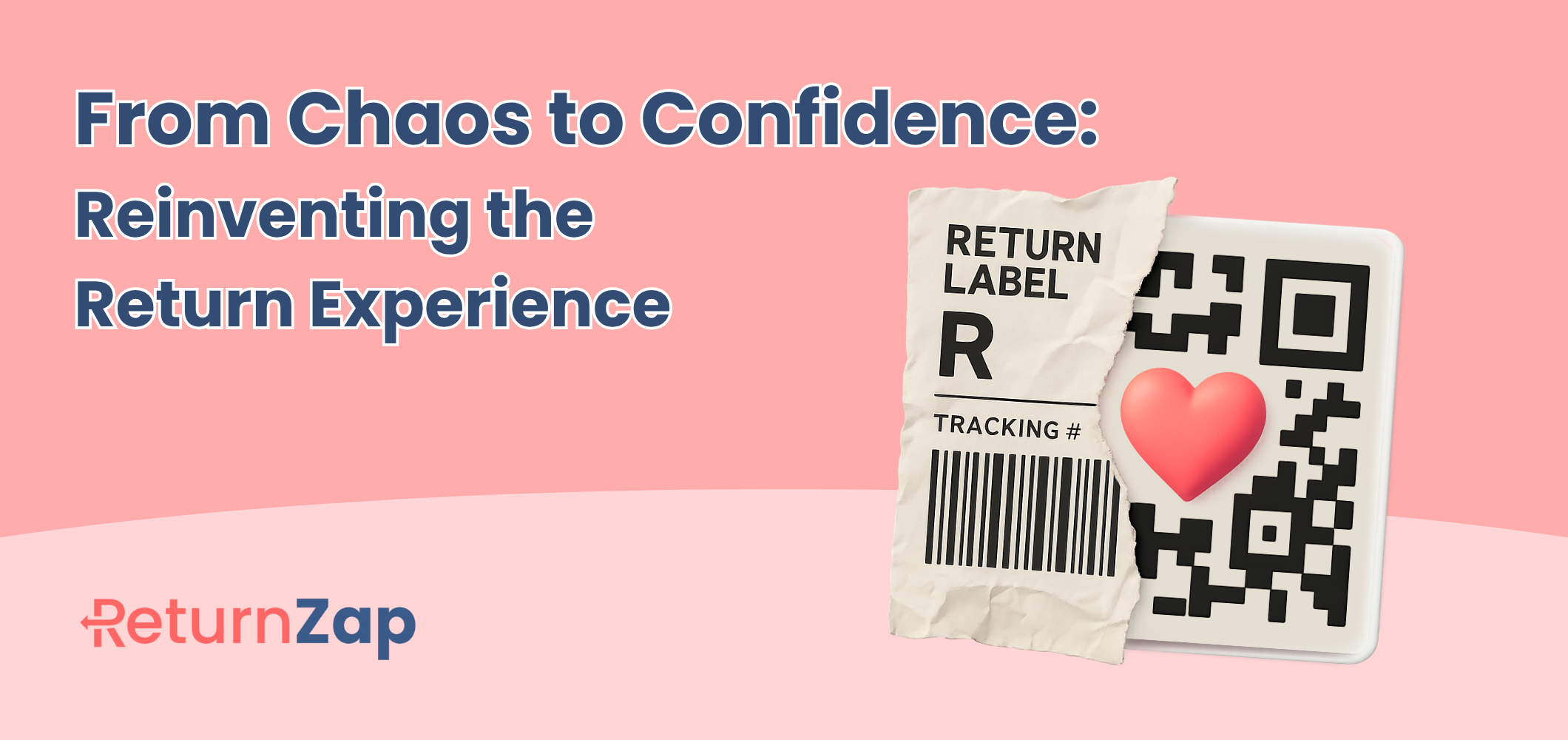Turning Returns Into Revenue: The Art of the Exchange

When Returns Don’t Have to Mean Loss
“Your return has been processed” - It feels like money slipping away, another lost customer, another dent in your margin. But what if returns didn’t have to mean the end of the story? What if, instead of a refund, you could turn that return into an exchange, or better yet, an upsell? This is the art of the exchange: reframing returns from a pure cost center into a driver of revenue, loyalty, and long-term growth. And most brands are still missing the opportunity.
Why Refunds Hurt More Than You Think
On the surface, refunds look like a simple transaction: product back, money out. But underneath, they erode your business in three ways:
Lost revenue: The original sale is gone, and often so is the customer.
Operational costs: Processing returns eats up staff time, logistics, and shipping fees.
Loyalty damage: Customers who refund instead of exchange are less likely to return to your store again.
In fact, studies show that once a customer asks for a refund, their chance of making another purchase with the same brand drops significantly. Refunds don’t just sting in the short term, they quietly chip away at lifetime value.
Exchanges: The Overlooked Goldmine
Exchanges solve this problem at its root. When a shopper swaps instead of refunds, three things happen:
- You keep the revenue in your ecosystem. Even if they choose a different size, color, or product, the money doesn’t leave your store.
- You strengthen loyalty. Customers feel cared for when you make finding the right product effortless.
- You create upsell potential. An exchange can lead to a more premium product or an add-on purchase.
Think about it: a customer returning a $50 item might walk away with a $70 replacement, or even bundle something extra into their cart. That’s not a loss; that’s growth disguised as a return.
How to Turn Returns Into Exchanges (and Upsells)
The key is to design your returns process with exchanges, not refunds, as the default path. Here’s how:
1. Make Exchanges the Easiest Option
If your returns portal leads with “Request a Refund,” you’re guiding customers toward the exit. Instead, put “Find the Right Fit” or “Exchange Instantly” front and center.
Retailers who lead with exchanges see adoption rates double compared to those who bury the option. Convenience is currency.
2. Incentivize the Switch
Customers need a reason to choose exchange over refund. Two powerful nudges:
- Bonus credit: Offer $55 in store credit for a $50 return.
- Free shipping upgrades: Make exchange shipping free, while returns carry a small fee.
A gentle push turns indecision into loyalty.
3. Use Smart Recommendations
Your returns portal shouldn’t just list what’s in stock, it should personalize. If someone is returning a pair of sneakers, show them a better fit, trending styles, or complementary items. Every return is a chance to cross-sell. Tools like ReturnZap make these automated suggestions easy to plug in, so exchanges become frictionless upsells.
4. Communicate Like a Concierge
A refund email is cold: “We’ve processed your refund.”
An exchange email is warm: “We’ve found the perfect replacement for you, and it’s already on the way.”
That small difference in tone makes your brand feel like a partner, not a transaction machine.
The Psychology Behind It: Customers Want the Right Product, Not Their Money Back
Here’s the truth ecommerce teams forget: most customers don’t want their money back. They wanted the product they imagined in the first place, they just didn’t get it right. Maybe the shirt didn’t fit, maybe the gadget wasn’t the right model, maybe the color wasn’t what they pictured. An easy exchange gives them what they wanted all along. The brand that helps them fix the mistake instead of abandoning them earns trust, not just a one-time sale.
From Returns to Repeat Sales
Let’s put this into perspective.
- A $100 refund = minus $100 revenue, plus minus $10–$20 in operational costs.
- A $100 exchange = keep $100 revenue, preserve customer lifetime value, and often gain an upsell.
The math speaks for itself: exchanges are not just a retention strategy, they’re a growth engine.
Case in Point: The “Silent Upsell”
Imagine a customer returns a $60 dress. Instead of refunding, she exchanges for a $75 one she likes better. While checking out, she adds a $20 accessory.
What could have been a -$60 transaction turns into a +$95 sale. That’s the silent upsell hiding inside your returns process.
Why Most Brands Don’t See It (Yet)
So why aren’t more ecommerce teams leaning into exchanges?
- Legacy systems: Old returns portals are built for refunds, not for revenue recovery.
- Operational fear: Teams worry exchanges add complexity.
- Short-term thinking: CFOs see refunds as “done and dusted,” rather than opportunities for re-engagement.
How Automation Unlocks Scale
The good news? You don’t have to manually shepherd every return into an exchange. With the right tools, automation can do the heavy lifting:
- Instantly suggest alternative sizes and products.
- Apply bonus credit automatically.
- Process exchanges in a single click.
Platforms like ReturnZap were built to make this shift seamless, giving brands the power to recover revenue without extra operational strain.
Conclusion: The Future of Returns is Revenue-Positive
Returns don’t have to drain your profits. With the right approach, they can become one of your strongest levers for loyalty and growth. The brands that master the art of the exchange aren’t just saving sales, they’re building repeat customers, one return at a time.
Learn how to transform refunds into loyal, repeat sales with ReturnZap and book a demo.
Start Your Free ReturnZap Trial Today
Join hundreds of other Shopify merchants successfully managing their returns with ReturnZap




